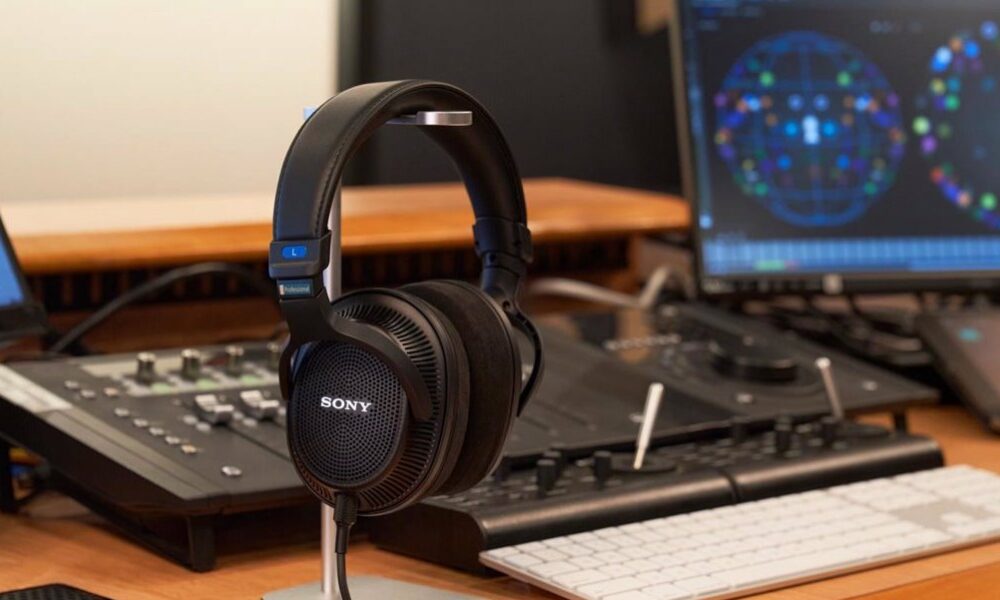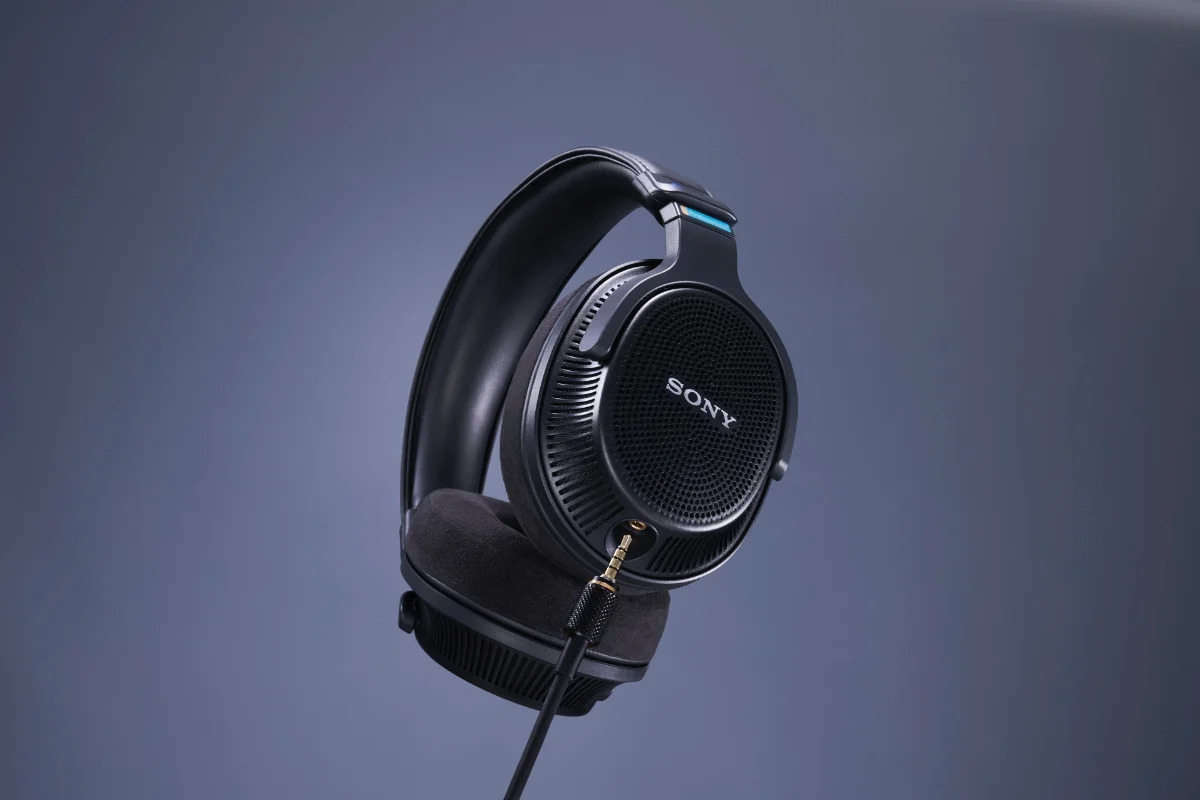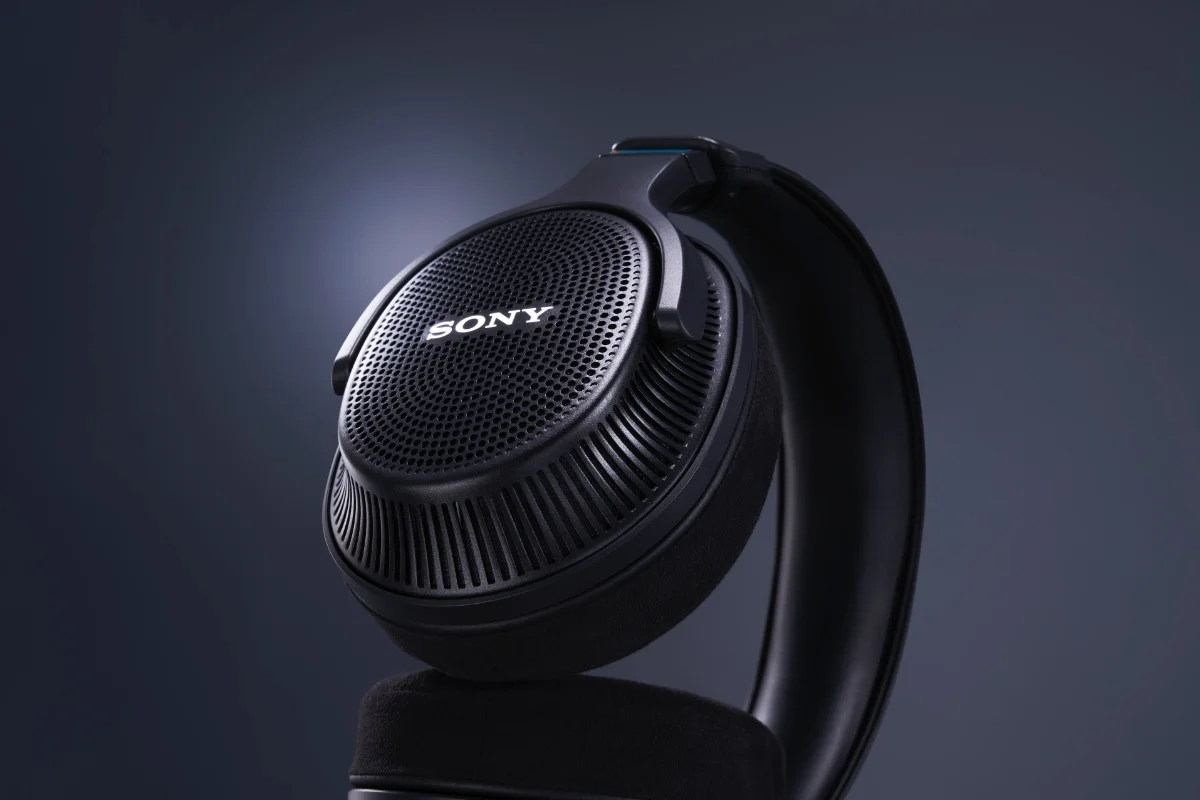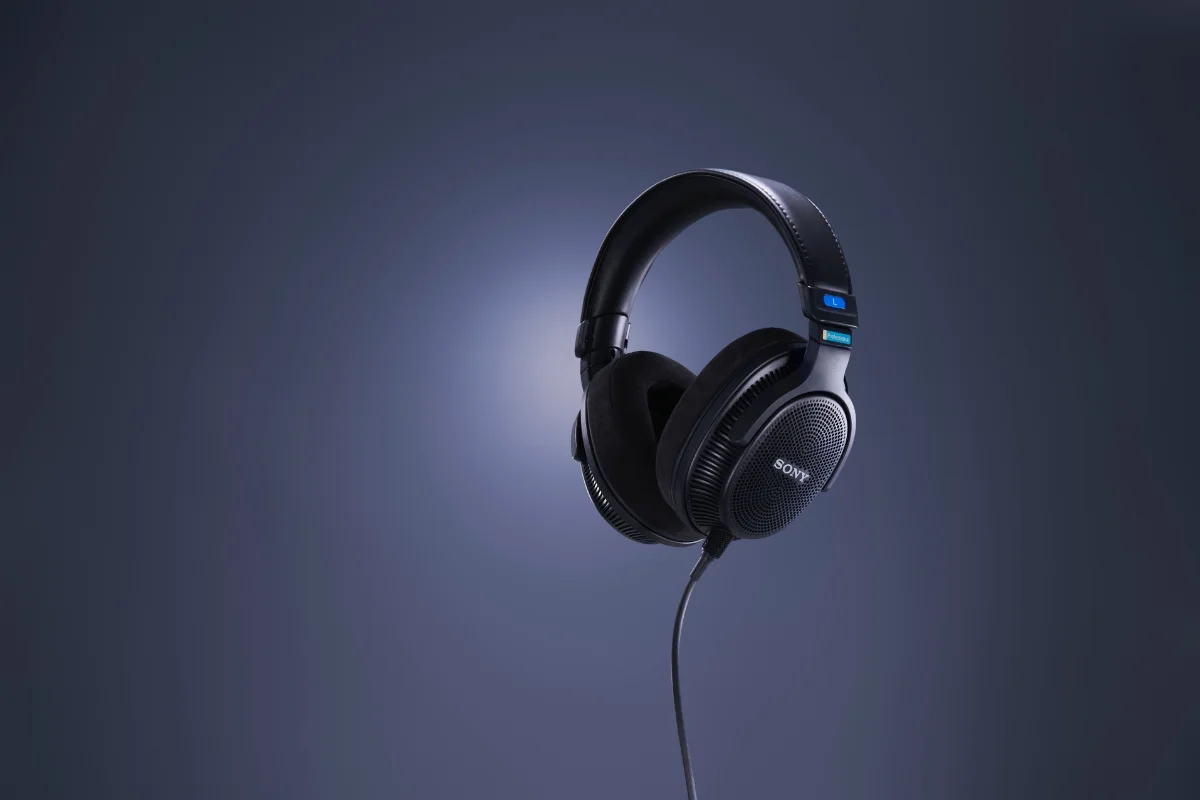
For many of you who read MC, Sony is, among other things, known for its headphones for the end user, who “simply” likes to enjoy their favorite music with the guarantee that they will do so with generally high-quality equipment.
Less known by many is undoubtedly its approach to the professional public, a field in which, however, it has managed to position itself with solutions such as its range of MDR headphones. In this field, the Japanese multinational has just launched its MDR-MV1, its new studio headphones.
How are studio headphones different from others? Basically we are talking about a type of headphones that have been specifically designed for use in music recording and production environments. Here the important thing is not to offer a “processing” that in a more or less artificial way improves the sound experience, but that they are designed to offer a precise and detailed audio reproduction: that is, they usually offer a flat and balanced response in which they do not certain frequencies are not boosted or attenuated.
Being headphones designed so that the professional can work with them for several hours, they are also usually designed to be light, very comfortable and easy to transport. All advantages then? It could almost be said that yes, although they also have some details that may not convince the end user so much, such as the fact that, for example, they are not designed to have a especially pretty or attractive (they don’t generally have it), the fact that they openly renounce active noise cancellation technologies, or any type of chip that allows listening to music wirelessly (no Bluetooth, Wi-Fi or similar). In addition, when using this type of headphones, the quality of the audio source that we are going to listen to is especially important.
That said, they do tend to emphasize the “passive” isolation of the user, so that there are no other sounds that sneak into the headset. Curiously, this is not the case with these MDR-MV1s, which have opted for an open design with the objective, according to the brand, of guaranteeing “precise reproduction of a wide sound field, which makes them an ideal option for mixing and mastering sound. surround space, such as 360 Reality Audio, as well as stereo sound with high-resolution capability”, which, by the way, is an approach that many headphones aimed at an audiophile audience are committed to and that, in this way, manage to reduce that hearing fatigue that occurs after several hours listening to music.
Comfort to work and not only
This does not mean, of course, that even non-professional users can find these types of headphones attractive. In fact, if they are big fans, the type that listens to three to four hours of music a day for example while teleworking, they are a great option to consider.
What does Sony present to us in this case in its MDR-MV1? As expected, a spartan design in which from the first moment emphasis is placed on that purpose we were talking about and in which almost all the leading role is taken by huge and extremely comfortable breathable pads that fulfill what they promise and that give us They make it easy to use this device for several hours without getting tired. All the materials used are designed to lighten the weight and their 223 grams and a perfect balance (think that Apple’s AirPods Max weigh 385 grams) make it so that we hardly notice on our heads that we are wearing them. In fact, and although a high dose of subjectivity comes into play here, these are probably the most comfortable headphones we have ever tested.
In the connectivity section, they include a detachable and replaceable high-quality cable with machined aluminum connectors, betting on the classic 6.3 mm Jack. which is normative in this type of environment and which, in a nod to the domestic user, Sony complements with a 3.5mm mini-Jack adapter. in the event that we want to connect it to a smartphone or a player that does not have this connector. Being, we insist, removable, we can connect the cable that is also more interesting to us.
What do we miss? Perhaps in headphones that we do not forget the brand sells for a recommended price of 480 eurosIt would have been nice if the packaging had included a case or a cover. In addition, it would not have been bad if the brand had devised a system that allowed the pads to be replaced in case they were damaged or deteriorated from use.
High fidelity and spatial sound
It is enough, however, to plug these headphones into a sound source, to discover the good work that Sony has done when it comes to offering a tremendous experience when it comes to being able to appreciate and enjoy any detail of the recording with which we are working.
To do this, they opt for a control unit capable of reproducing audio in an ultra-wide band (5 Hz – 80 kHz), when the usual thing is that a headset intended for the consumer market remains at 20 Khz. This guarantees a very wide frequency range, ideal not only for the dynamic range offered by genres such as classical music, jazz or rock, but also for appreciating the subtleties found in any professional recording, from a film to a video game or in any other format. It also has a 40mm diaphragm. which by itself ensures better performance when reproducing bass sounds.
Sony further promises that the MDR-MV1 offers greater spatial sound reproduction capability and precise positioning of sound objects in 360-degree space. To verify this, we have first resorted to Amazon Music’s offer in spatial audio, to later check on YouTube how different videos and audiovisual productions make use of this technology, as well as what is known as 8D audio (what has always been known as 3D audio).
The feeling? Simply spectacular, with completely enveloping sound and in which it is extremely easy to identify dozens of audio points different. Although in music tracks with a very wide dynamic range and specially prepared to make use of this technology, the use of these headphones is of course interesting, where they really make the difference is in the field of audiovisual production, in which we really have the feeling of being able to live directly inside a movie.
In addition, Sony details that the MDR-MV1 will also work seamlessly with the recently announced 360 Virtual Mixing Environment (360VME) service, a technology that accurately reproduces the acoustic field of an immersive audio studio inside the headphones. To this end, the multinational explains that after a single measurement in the studio, the environment can be recreated anywhere with headphones and 360VME software.
The open back structure of the headphones reduces internally reflected sounds and eliminates acoustic resonances, while accurately reproducing natural spatial sounds and information. On the other hand, it lacks any type of passive isolation so that even with a medium volume, we can listen to any conversation that we have next to us at the same time.
In other words: if what you are looking for is to completely isolate yourself from your environment, these headphones are not for you… also taking into account that by design, the music “escapes”, so you can annoy the people you are with. you are working or sharing space at that moment. If, on the other hand, you need some cases to be interpreted with the highest possible fidelity your audio sourcehere is a serious candidate that you have to consider.
The Sony MDR-MV1 are available in the Spanish retail channel, such as Amazon that currently sells them for 428 euros.
SUMMARY
The Sony MDR-MV1 are studio headphones dedicated to a professional public looking for sound quality, lightness and comfort of use for many hours of work.
Design and build quality9






